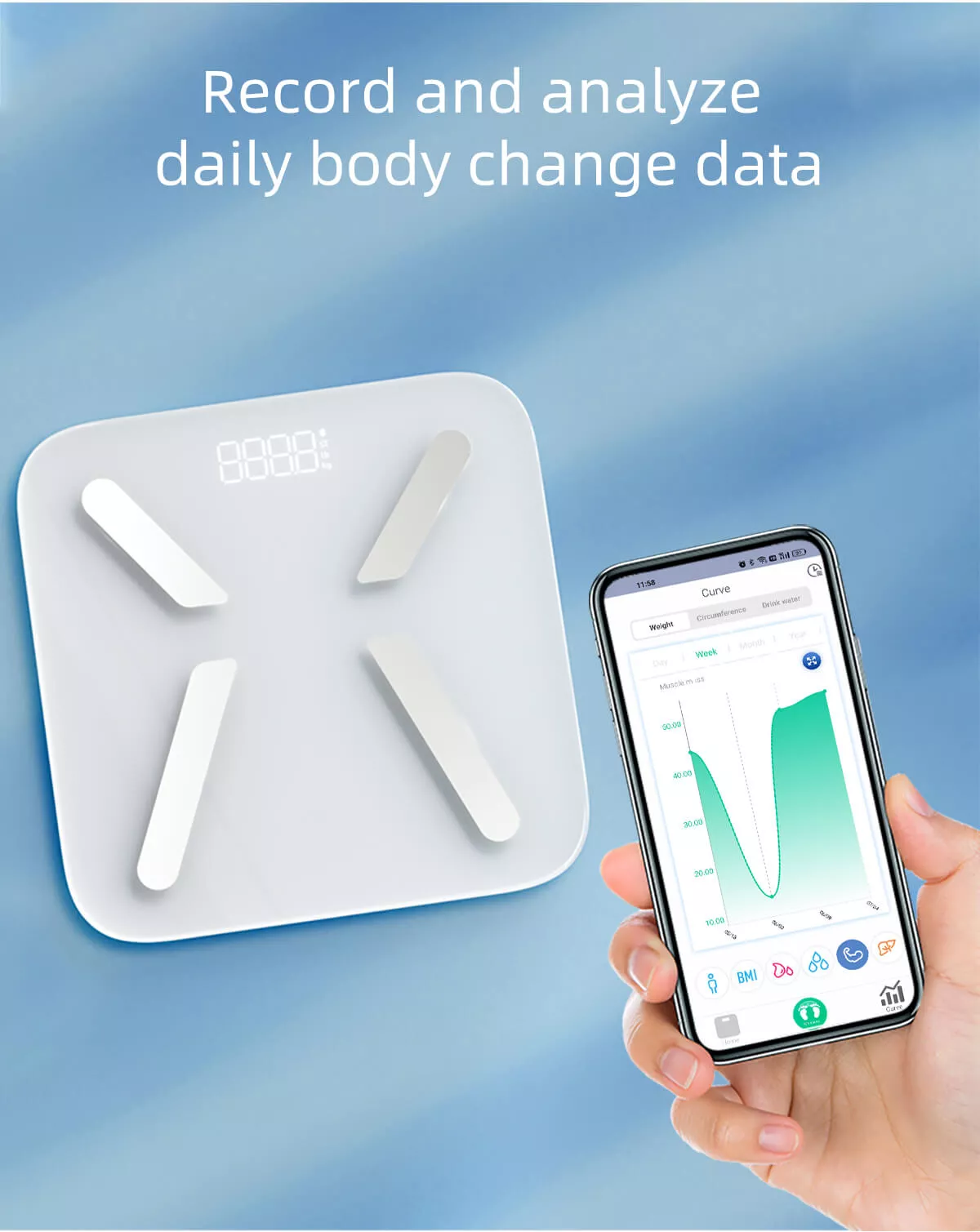Do Scales Measure Mass or Weight?
The terms "balance" and "scale" are frequently used interchangeably, often causing confusion in defining their respective characteristics.
While there are technical and practical distinctions between the two, such as the specific metrics being measured and their intended applications, clarity in nomenclature remains elusive.
Despite the common practice of using scales and balances interchangeably for measuring objects, ingredients, animals, and people, these instruments operate through various mechanisms. In this blog, we'll delve into fundamental explanations of the mechanisms employed by scales and balances. Since different devices utilize different mechanisms, we'll focus on elucidating the most prevalent ones.
What Balances and Scales Measure
Scales Measure Weight
Scales are instruments designed to determine weight, defined as the force exerted on a mass, calculated by multiplying the object's mass by the acceleration due to gravity. Direct measurement of mass isn't feasible with scales due to their reliance on local gravitational conditions. Earth's gravitational acceleration, for instance, can fluctuate by up to 0.5%, influenced by factors such as proximity to the Earth's core and latitude.
Balances Measure Mass
Balances are devices designed to determine mass, representing the quantity of matter in an object. Unlike scales, which measure weight, balances directly assess mass by comparing the unknown mass to a known reference mass. This process remains unaffected by variations in gravitational force. A true balance provides consistent readings regardless of location since gravity exerts equal force on both sides of the balance.
From a pragmatic perspective, after calibration at a specific location, scales typically operate under the assumption or disregard of gravity. Consequently, measurements are expressed in mass units such as kilograms, notwithstanding that weight technically denotes a force measured in newtons. This practice facilitates the interchangeable use of the terms "weight" to encompass both weight and mass, while the term "weigh" can denote the process of determining either.
Types of Scales and Balances and Their Nomenclature
During your exploration of the diverse array of scales and balances on the market, it's natural to encounter some confusion. Interestingly, certain manufacturers may use the terms "scale" and "balance" interchangeably for the same product, adding to the complexity.
Moreover, within both categories, there exist numerous subtypes, and the terminology used to describe them isn't always uniform. Typically, scales are associated with measuring larger masses, while balances are geared towards smaller masses, though there may be exceptions. The following serves as a broad outline of what one might anticipate from each type.
Types of Scales
Scales function by quantifying weight through the resistance to an object's acceleration caused by gravity. They serve various purposes, from weighing bulk materials and products in industrial settings to measuring smaller items like groceries or baking ingredients in commercial or domestic environments. Broadly, scales fall into two categories: mechanical and digital.
Digital scales: Operate via a specialized electrical circuit. As weight is applied, the circuit's voltage changes, allowing a processor to compute the weight accurately. Digital scales offer high precision, support multiple units of measurement, and often integrate with computers for efficient data processing.

Mechanical scales: On the other hand, typically utilize a spring mechanism to display weight through a moving dial. While they provide quick and straightforward readings, they are generally less precise compared to digital counterparts.
These categories encompass a diverse range of scale types, including bench scales, home weighing scales, and kitchen scales, among others. Additionally, terms like "compact scales" or "portable scales" denote models designed for easy mobility, suitable for household, commercial, or laboratory applications. It's worth noting that "compact" or "portable balances" are frequently referred to simply as scales, adding to potential confusion.
Types of Balances
What springs to mind when many people think of a balance is a traditional model, such as a two-pan balance.
Here, two connected masses pivot on a “frictionless” fulcrum (knife-edge). The weighable material is placed in one pan, and calibrated metal weights in the other. The order in which they’re placed depends on whether you need weigh something out or determine the mass of something you already have. Other types of traditional balances include:
One-pan balances: These types of true balances use only one pan and adjustable weights that balance it.
Torbal Torsion balance: This uses steel tension bands as the fulcrum, and is the bane of pharmacy school students across the world.
However, in a modern laboratory setting, you are likely more used to using precision and analytical balances like the ones in the image below.
Modern lab balances work by Electromagnetic Force Restoration (EMFR) to determine the mass of the sample. The force of the sample is lifted by an electromagnet and the current required to oppose the weight is measured. Definitions for the different types of lab balances may vary but here are general guidelines for what constitutes a precision balance and an analytical balance:
Precision balance: These can bear more weight but are less precise than analytical balances. They are usually open but some have closures to prevent ambient air movement affecting the reading.
Analytical balance: These are typically suitable for masses of 0.1mg up to 200g. They are more precise than precision balances, but can’t bear as much load. These are usually closed models and applications include ensuring a safe product or reducing byproducts.
Other types available include semi-micro, micro, and ultra-micro balances. According to Sartorius, these are capable of reading the following units:
Semi-micro balances: 1 µg
Micro balances 0.1 µg
Ultra-micro balances 0.01 µg
Content source:Types of Balances
How do digital scales work?
Digital scales are usually considered to be standard weighing scales used in kitchens or bathrooms. These scales are often used personally in the home for weighing out portions of food and monitoring weight by standing on a scale. Digital scales are either battery operated or use power mains supply in order to function.
Conclusion:
Various types of scales, including digital and mechanical ones, catering to different applications such as industrial or domestic weighing. Digital scales offer high precision through electrical circuits, while mechanical scales use spring mechanisms for simpler readings.
Additionally, digital scales, commonly used in kitchens and bathrooms, serve personal needs for weight monitoring and portioning food, operating on battery or mains power. Despite the interchangeable use of terminology, understanding the fundamental differences between scales and balances is essential for accurate measurements in diverse settings.













